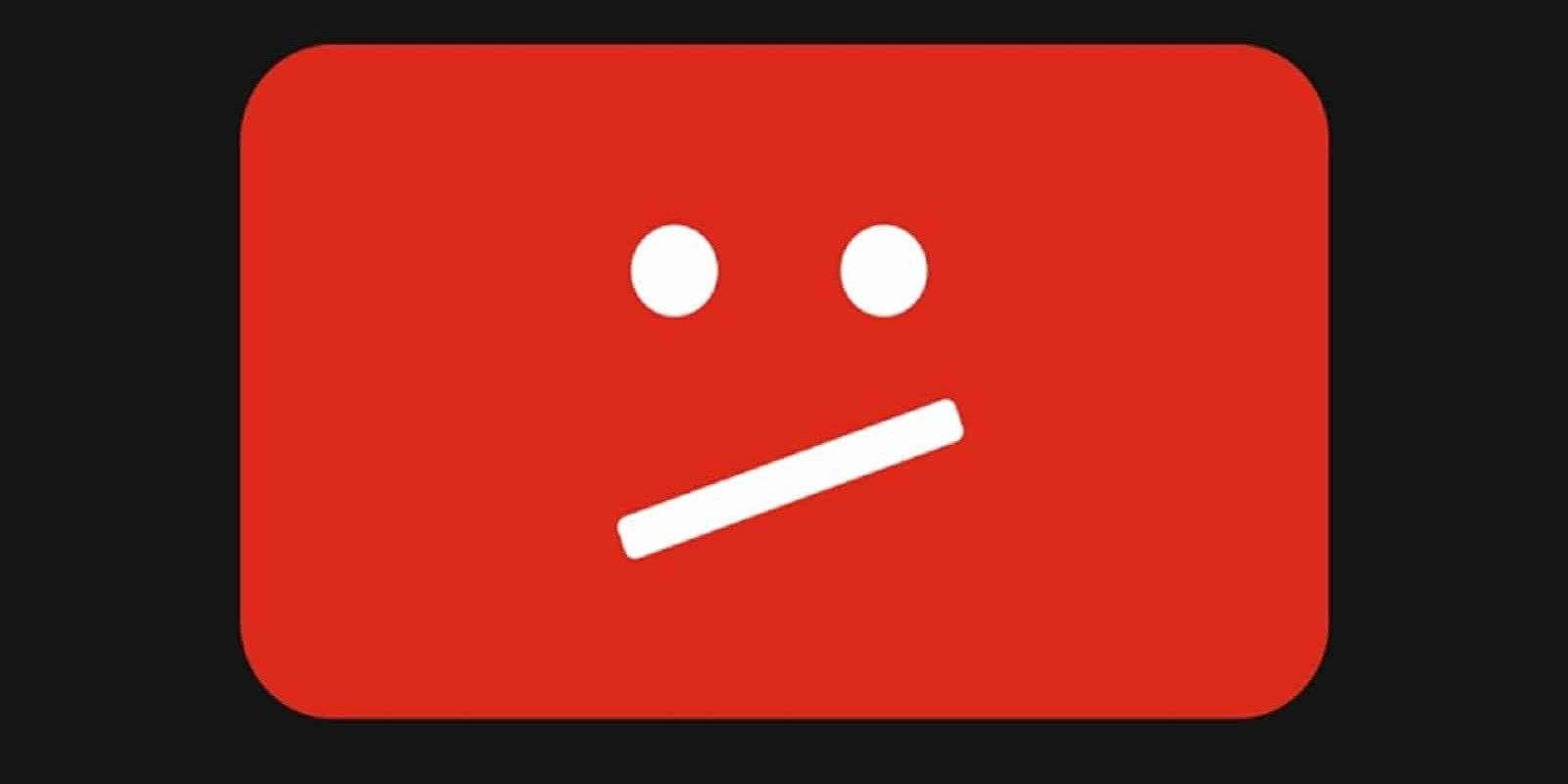YouTube is now beginning to implement changes to the way in which data is collected from videos aimed at younger users. For those who produce this type of content, the changes matter as they can potentially affect the amount of revenue YouTube creators can earn from the videos. However, YouTube has no choice but to make these changes, and creators have no choice other than to comply with them.
Last year, Google and YouTube came under fire for collecting data from kid-targeted videos and then using that data to serve targeted ads to younger viewers. As part of its agreement with the Federal Trade Commission (FTC), Google and YouTube announced a range of measures to limit this type of data collection. YouTube also explained those changes will take effect in early 2020.
YouTube has now confirmed it is beginning to roll out these changes starting today and they affect creators on a global level. With YouTube having no choice but to enforce these rules, it is important for current and future content creators to be aware of what’s happening and what they need to do to limit any effect on video revenue.
Here’s What YouTube Content Creators Need To Know

The most important change for YouTube content creators to be aware of is the new classification system. Going forward, YouTube requires content creators to actively classify whether their content is aimed at kids or not. In YouTube words, whether it is “made for kids”, and this is typically defined as anyone under the age of 13. For any videos this applies to, the new rules now take effect where once classified, YouTube will not collect user data and serve generic ads instead. These ads typically generate less revenue than targeted ones and YouTube is aware of how this might financially impact some creators. On this point, YouTube today stated that it plans to share more details “in the coming months” on how it intends to further support family content in the future.
Another important point to note is the “made for kids” classification doesn’t just affect content that’s directly aimed at kids. If content is aimed at a wider audience but might also appeal to younger viewers then it will still need to be classified as “made for kids.” The fact that it is made for a wider audience as well, is irrelevant. YouTube has provided some examples of the type of content that might be affected, such as an “emphasis on kids characters, themes, toys or games.” While that description does not specifically define what’s for kids and not for kids, it is important to be aware this potentially affects a wide variety of topics and content, including Minecraft and Fortnite videos.
The classification is key here and the downside for content creators is YouTube is largely leaving this up to the creators. The onus remains on the creator to correctly classify content and has confirmed it will take measures against a creator if videos are incorrectly classified. The good news is classifying a video is fairly simple as it is just a matter of checking the “made for kids” box when filling out the YouTube Studio details for the video.
Besides the classification, content creators should also be aware that the collection of data largely affects most areas where a viewer can interact with a YouTube video. For example, videos that have been labelled as “made for kids” will no longer be able to receive comments or utilize live chat. In the same token, the YouTube notification bell and the option to “save to playlist” will also no longer be available.




